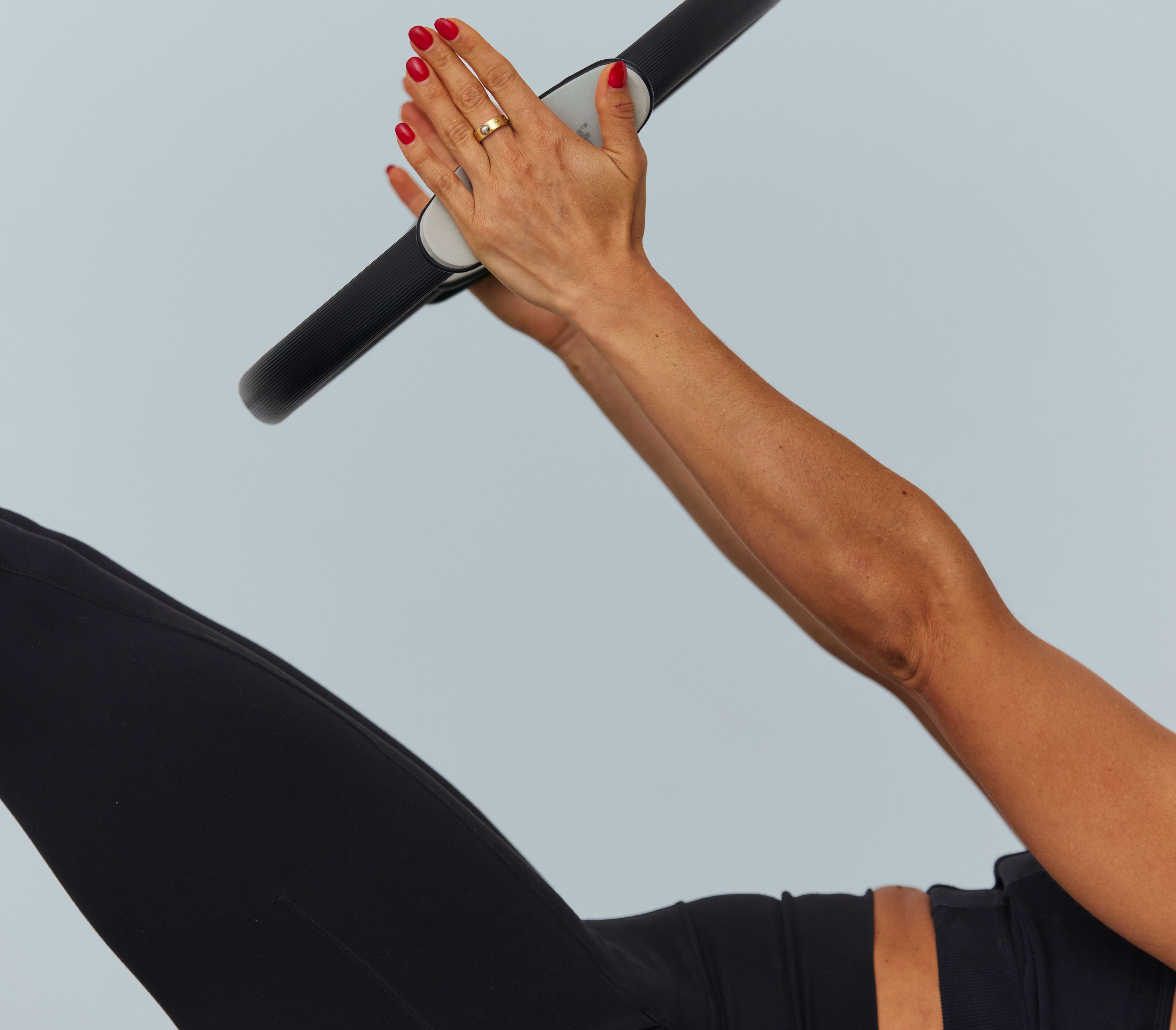Icy cure or scientifically unproven?
The subject of ice baths can freeze up conversation as quickly as it started, or it can lead to a hotly contested debate. Commonly used by athletes to aid recovery after intense physical activity or injury, the goal is to induce vasoconstriction (narrowing of blood vessels) and reduce inflammation.

The subject of ice baths can freeze up conversation as quickly as it started, or it can lead to a hotly contested debate. Commonly used by athletes to aid recovery after intense physical activity or injury, the goal is to induce vasoconstriction (narrowing of blood vessels) and reduce inflammation.
But just how effective and beneficial are they? Evidence is mixed, but here’s a summary of what research findings show
Reduced muscle soreness
Some studies suggest that ice baths can help to reduce muscle soreness after intense exercise. The cold temperature may decrease inflammation and limit the release of pro-inflammatory cytokines, potentially leading to faster recovery.
Improved recovery
While a proportion of athletes believe that cold exposure helps them recover faster, the evidence is only anecdotal, and studies have produced conflicting results.
Decreased muscle damage
There is research indicating that ice baths can decrease markers of muscle damage, such as creatine kinase levels, particularly when used immediately after exercise.
Performance effects
No studies have consistently demonstrated significant improvements in performance metrics like strength, power, or endurance.
Long-term adaptations
A concern is that frequent use of ice baths might interfere with the body's natural ability to adapt to exercise. Some research suggests that exposure to cold temperatures could impair muscle growth and adaptation to training stimuli.
Dopamine and chemical release
Certain research suggests that cold exposure may impact neurotransmitter activity in the brain, including dopamine. This evidence is, however, very limited and individual responses can vary widely, so not everyone may experience the same effects on dopamine release or mood.
Proposed alternatives
Other studies argue that recovery strategies such as such as active recovery, compression garments, or proper nutrition, may be equally, if not more, effective for promoting recovery without the discomfort of cold exposure.
What’s the final verdict?
While ice baths are a widely used as a recovery aid, there’s very little scientific evidence that supports their effectiveness. Some athletes may benefit from incorporating ice baths into their recovery routine, but individual differences prevail. More research is needed to understand the mechanisms underlying the effects of cold exposure on recovery and performance.















